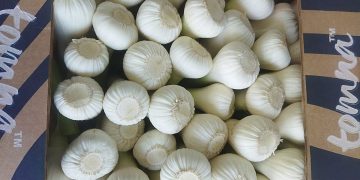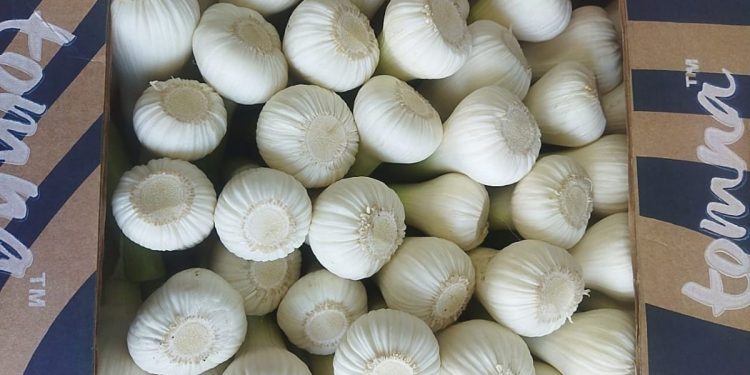Insights into Seasonal Dynamics and Market Trends
Ralph Nakhal, from the growing company Tomna, reports a significant surge in Egyptian garlic prices as the season nears an early conclusion due to dwindling stocks and robust international demand.
“The harvest concluded in April, and we are now shipping dry garlic. Supplies are depleting rapidly, and we anticipate halting shipments imminently due to limited availability,” Ralph Nakhal stated.
Egypt began the season with only half of its usual garlic cultivation area, contributing to reduced global supply. This scarcity, combined with diminished garlic stocks globally and elevated prices in Spain, has led to a more than tripled price for Egyptian garlic since the season’s commencement.
Despite the sharp price increase, Egyptian garlic remains competitively priced compared to its counterparts from Spain, Mexico, and Argentina, Ralph Nakhal emphasized.
European markets, facing constrained supply from other regions, have turned to Egyptian garlic consistently throughout the season, sustaining strong demand.
Looking forward, Nakhal predicts an expansion in Egyptian garlic acreage for the next season, contingent upon factors like rental costs, fertilizer prices, and seed expenses. However, he acknowledges the substantial costs associated with garlic farming compared to its yield, underscoring the economic challenges in expanding production.
For stakeholders involved in garlic import-export, agricultural economics, international trade, and market analysis, understanding these dynamics provides critical insights into pricing strategies and market positioning.































